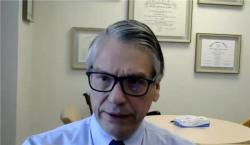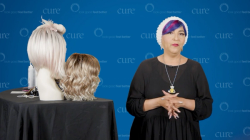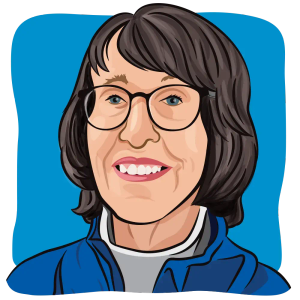“Dense Breasts”: What that means to you, and why your Radiologist might be wrong
They say everything is subjective, which is a three-dollar word is for biased or a decision made with a spoonful of pride… but let’s consider every decision being made from an individual’s “perspective” in this case; a woman being told she has “dense breasts” by the radiologist interrupting her mammogram results.
What are Dense Breasts?
So, need to consider breast density which is basically the amount of fat in the breast in comparison to the amount of tissue. As you can guess, “dense breasts” mean more tissue (fibrous and glandular) than fat. As a rule of thumb, younger women have more dense (firm) breasts than older women, and breast density decreases as you age.
What is the Issue
So, if a breast is “dense” then the ability of a mammogram to detect breast cancer is diminished, and an ultrasound or MRI would be the recommended course of action to have a “true” look at that breast. There are actual LAWS to make sure those women with “dense breasts” are in fact cognizant that a mammogram alone is not sufficient to detect cancer when that woman has “dense breasts”. I really like this site called, get this…. “Are You Dense?”
it has wonderful resources and explains quite a bit.
Now, those laws are contentious because procedures such as ultra-sounds and MRI are, (ready for this) more expensive and that brings in insurance being willing to pay and/or free services being able to provide these options, but in the end, it comes to the patient’s ability to pay.
To put a cherry on top of this whole mess, there is no consensus as to what level of breast density is “too dense”, it is all (remember the three-dollar word of the day?) “subjective… which brings us to the Breast Imaging Reporting and Data System (BI-RADS) which has multiple levels (higher numbers being increased cancer risk) of risk.
I am not going to try to tackle that here, but I liked this site, although it seems simple and jokey it explains Breast Imaging Reporting and Data System (BI-RADS) very well, but your narrators are a doctor, patients, and a moose (no joke) it a Canadian site, ergo the moose. Canadians got to love them.
So, now that you have the backstory on all this “breast density” controversy we should talk about this study which used information from thirty different radiology facilities encompassed under the umbrella of three different breast screening research centers. These researchers examined the assessment of breast density noted by the radiologists working in those thirty facilities, keeping in mind the issues associated with breast density.
What did they find?
Huge differences between radiologists in the percentages of mammograms noted and showing “dense breasts”, I mean the discrepancies were massive, running between 6% to over 80%. In fact, greater than 1 in 6 women who had successive mammograms reviewed by multiple radiologists in a short period had their “breast density” category changed from Non-Dense to Dense… 1 in 6.
In the end, is it enough to have one radiologist opinion of your mammogram? That depends on your comfort with your radiologist (if you ever happen to know them which is doubtful) and your comfort level with your doctor and the caliber of people he or she hired to conduct tests and give results. It is a lot to think about, but one thing is clear… One radiologist’s interpretations of your mammogram may not be the same for another radiologist, so a second opinion could be in order before you make any decision about your health and your body. Ask questions, and stay informed, these are your best tools concerning your treatment.
Related Content
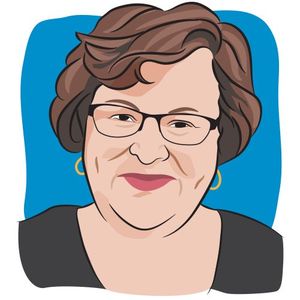 Celebrating My Clean Bill of Health After Cancer
Celebrating My Clean Bill of Health After CancerJuly 15th 2025
 Saying No to Shapewear After a Double Mastectomy
Saying No to Shapewear After a Double MastectomyJune 27th 2025
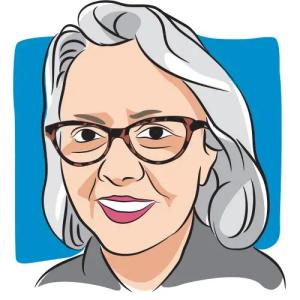 Tips for Combating Lymphedema After Breast Cancer
Tips for Combating Lymphedema After Breast CancerMay 16th 2025
View additional resources on CureToday.com






